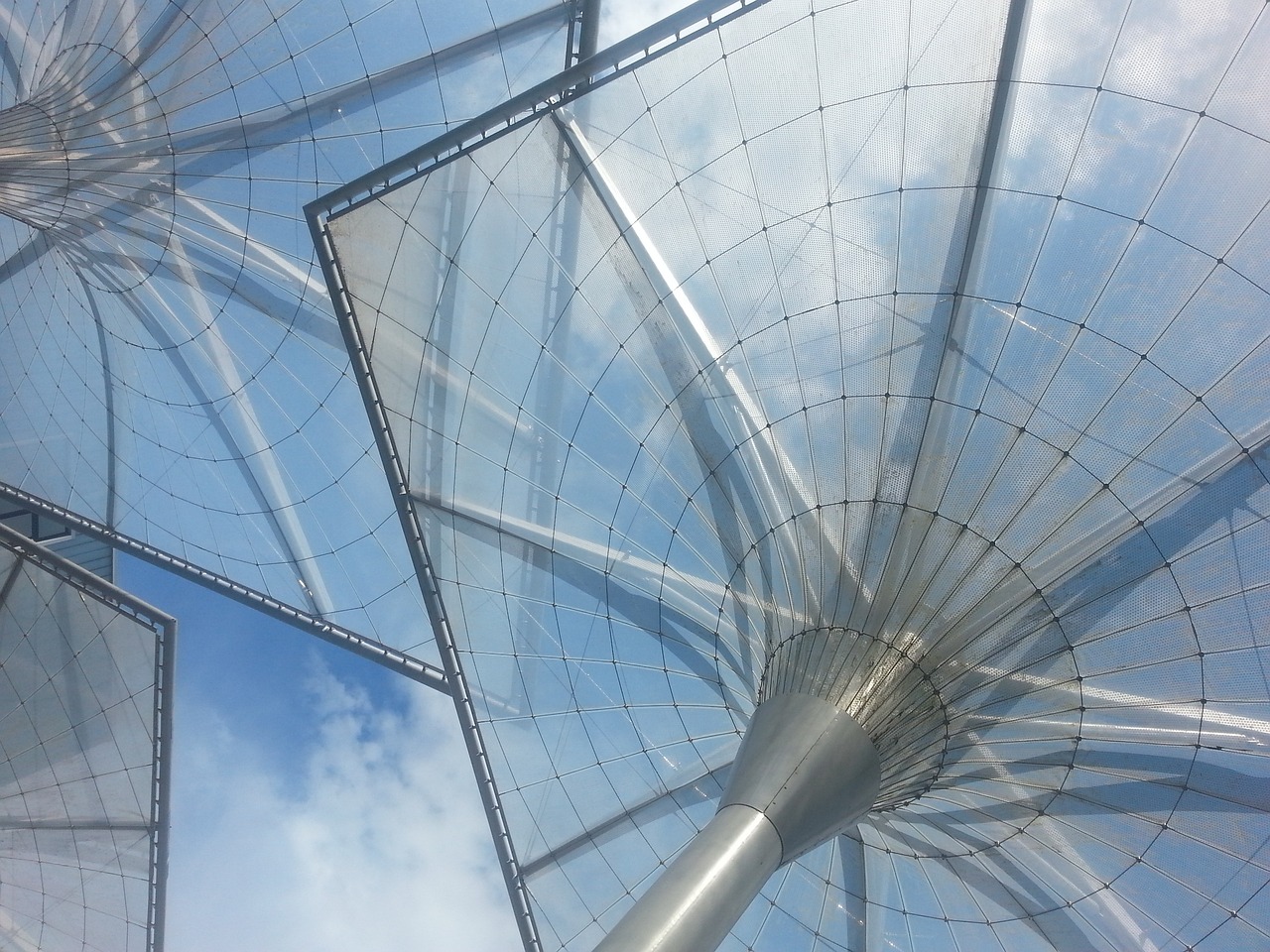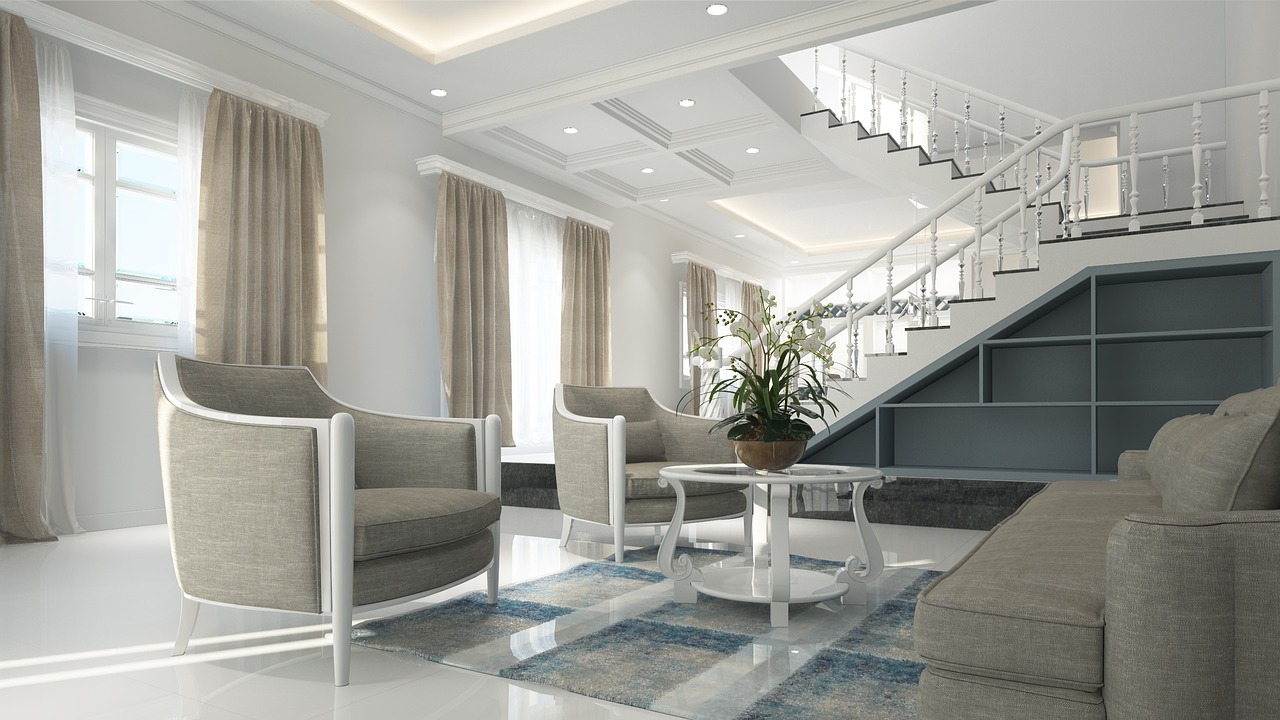
How to Retrofit Old LED Fixtures with Modern Covers
How to Retrofit Old LED Fixtures with Modern Covers By Aman | Updated on April 15th 2025 LED lighting has pretty much taken over the
Home » Why Choose Plexiglass for Your Lighting Needs?
Plexiglass has emerged as a game-changer in modern lighting solutions. Known for its durability, versatility, and optical clarity, plexiglass is widely used across various industries, from residential to commercial applications. Its unique properties make it a preferred choice for lighting fixtures, covers, and diffusers, providing both functional and aesthetic benefits.
As lighting designs evolve to meet energy efficiency and customization needs, plexiglass stands out as a reliable material that enhances both form and function.

Plexiglass, also known as acrylic glass or PMMA (Polymethyl Methacrylate), is a lightweight, transparent thermoplastic that has been an alternative to traditional glass since its introduction in the 1930s. Initially developed for military applications, such as airplane windows, its widespread adoption in modern industries underscores its exceptional qualities.
These properties position plexiglass as a top choice for modern lighting solutions, from residential spaces to high-traffic commercial areas.
Plexiglass is significantly more impact-resistant than glass, reducing the risk of breakage. When it does break, it forms dull-edged fragments, minimizing injury risks. This makes it an ideal material for high-traffic areas, schools, or public spaces where safety is critical.
Unlike other plastics, plexiglass maintains its clarity over time. Its high light transmittance ensures consistent brightness, making it perfect for applications such as light covers, lenses, and diffusers.
Plexiglass is highly malleable, allowing it to be molded into various shapes and sizes. Whether for custom fixtures or artistic installations, it caters to creative lighting designs with ease.
Weighing less than half as much as glass, plexiglass is easier to handle, transport, and install. This property reduces labor costs and simplifies installation in both small and large-scale projects.
Thanks to its excellent light transmittance, plexiglass enables efficient light diffusion, reducing the need for multiple light sources. This contributes to lower energy consumption and operational costs.
Plexiglass is resistant to UV radiation, making it a reliable choice for outdoor lighting applications. Its stability against chemicals ensures it performs well in industrial settings, such as laboratories or factories.
Plexiglass’s versatility allows it to excel in various lighting applications:
Plexiglass is used in offices, retail stores, and public buildings for its ability to diffuse light evenly while adding a modern aesthetic.
The malleability of plexiglass enables intricate designs, making it a popular choice for custom lighting installations in galleries, museums, and events.
Plexiglass covers are ideal for residential settings, offering safety and style in fixtures such as chandeliers, under-cabinet lights, and wall sconces.
Its chemical resistance makes plexiglass suitable for industrial lighting in factories, laboratories, and other high-demand environments.
UV-resistant plexiglass is commonly used in outdoor fixtures, including streetlights, signage, and garden lighting, where durability against weather conditions is essential.
Selecting the right type of plexiglass for your project involves several considerations:
Businesses like Fluorolite offer an extensive range of plexiglass solutions, from flat sheets to custom-molded light covers, ensuring the right fit for your project.
To maintain the quality and functionality of plexiglass lighting solutions:
Proper care ensures that plexiglass maintains its optical clarity and durability for years.

Plexiglass is an exceptional material for modern lighting solutions, offering unmatched durability, clarity, and design flexibility. Its lightweight nature and cost-effectiveness make it an attractive choice for both residential and commercial applications. From custom lighting fixtures to industrial covers, plexiglass provides versatility and performance that few materials can rival.
For businesses and homeowners looking to enhance their lighting solutions, Fluorolite offers a range of high-quality plexiglass covers and diffusers. With tailored solutions and reliable customer support, they ensure every lighting need is met with precision and excellence.
Plexiglass is UV-resistant and shatterproof, making it ideal for outdoor applications. Its ability to maintain optical clarity under harsh weather conditions ensures lasting performance.
With high light transmittance, plexiglass reduces the need for multiple light sources, lowering energy consumption and operational costs.
Yes, plexiglass is recyclable. Its long lifespan and energy-saving properties contribute to eco-friendly lighting solutions.
Recent advancements include frosted plexiglass for soft lighting effects and customizable panels for artistic installations. Businesses like Fluorolite provide cutting-edge options for modern designs.
Plexiglass is more affordable than traditional glass, offering durability and design flexibility at a fraction of the cost.

How to Retrofit Old LED Fixtures with Modern Covers By Aman | Updated on April 15th 2025 LED lighting has pretty much taken over the

How to Prevent Yellowing and Cracks in LED Fixture Lenses By Aman | Updated on April 15th 2025 You’ve probably seen it before—those once-clear LED

How to Choose LED Fixture Lenses for Harsh Industrial Environments By Aman | Updated on April 8th 2025 Ever stepped into a factory or a
"We've Got You Covered" and Trace n'Fax are Registered Trademarks of Fluorolite Plastics, LLC. © 2011-2024 All rights reserved Fluorolite Plastics